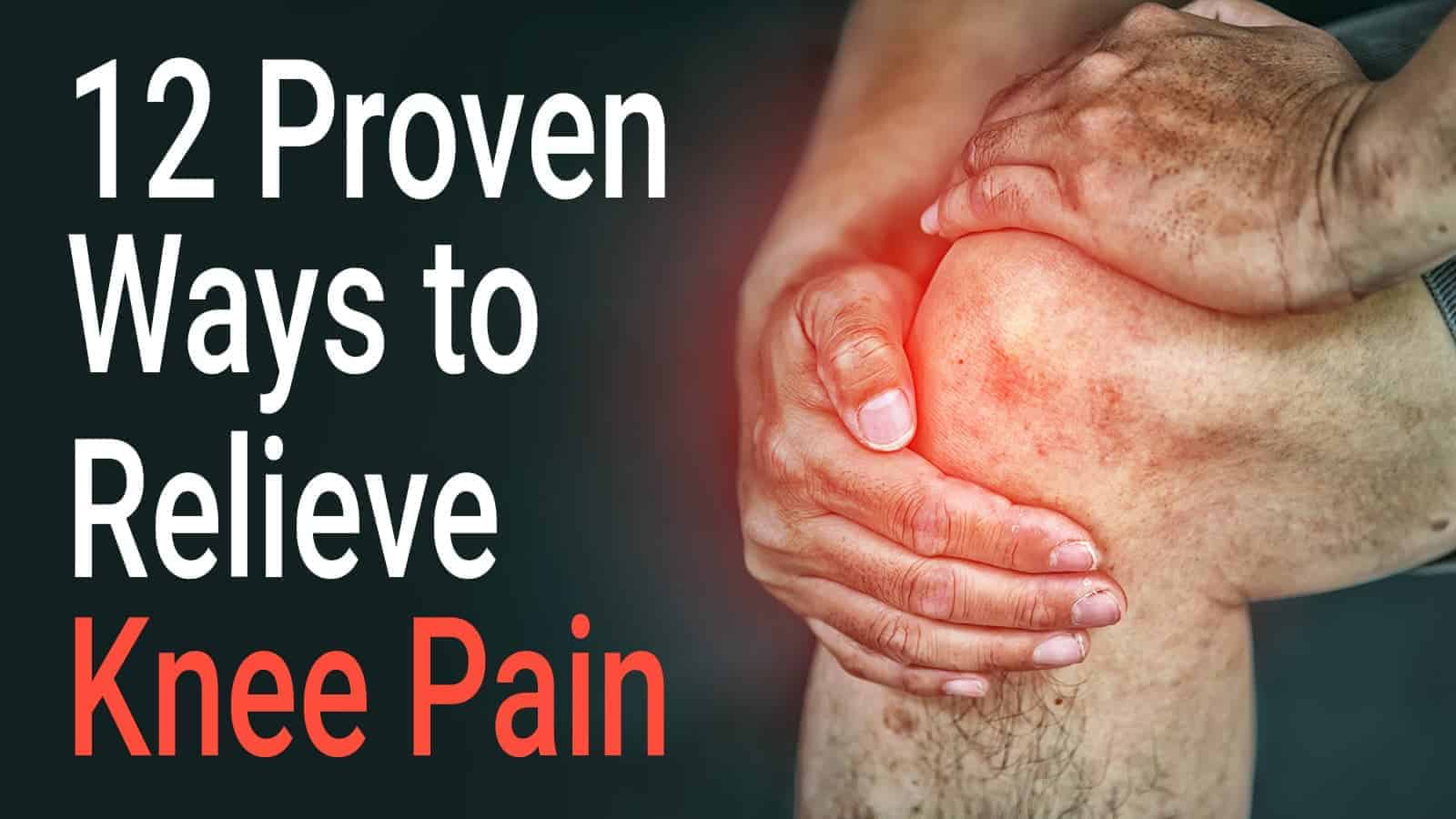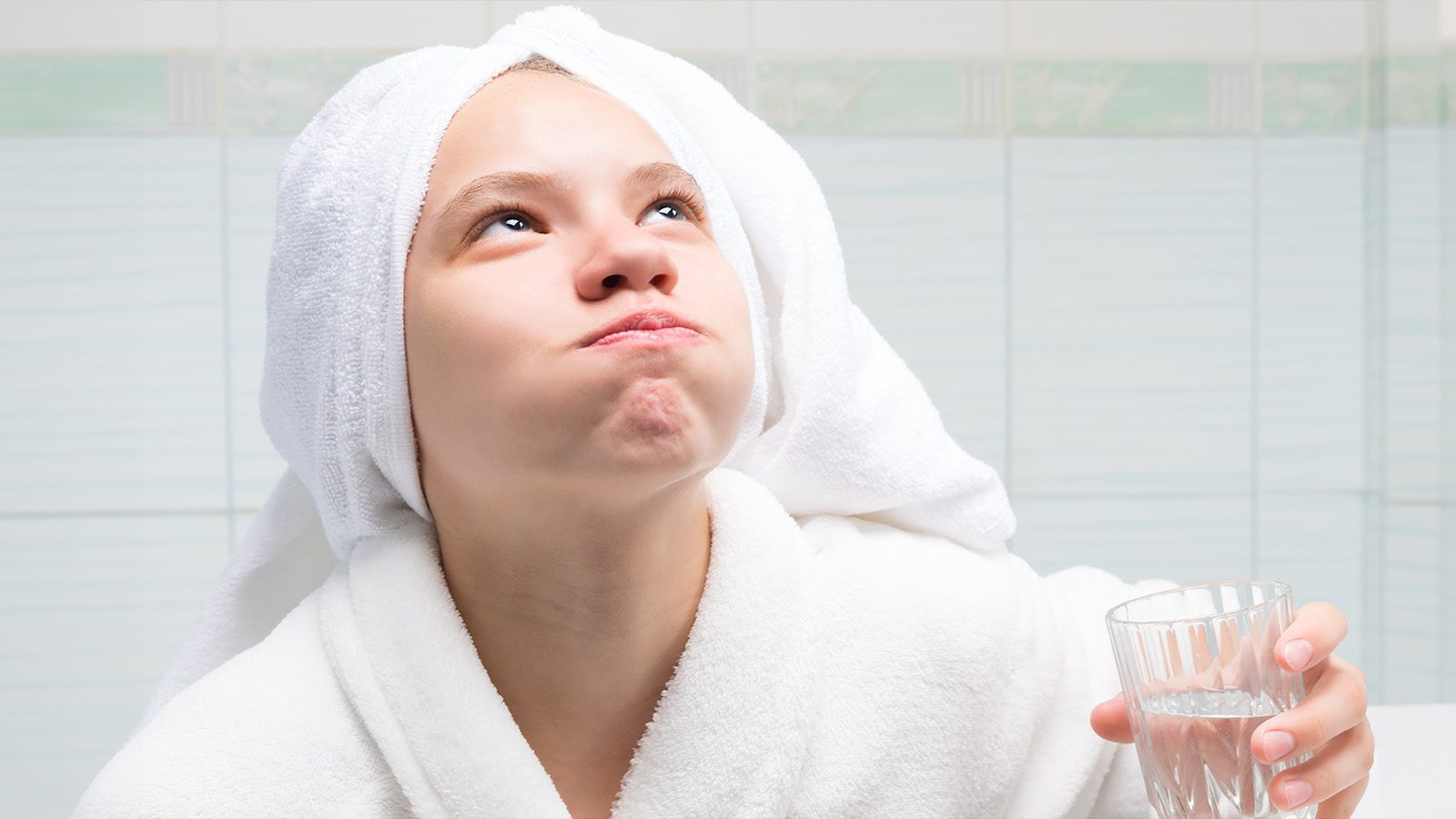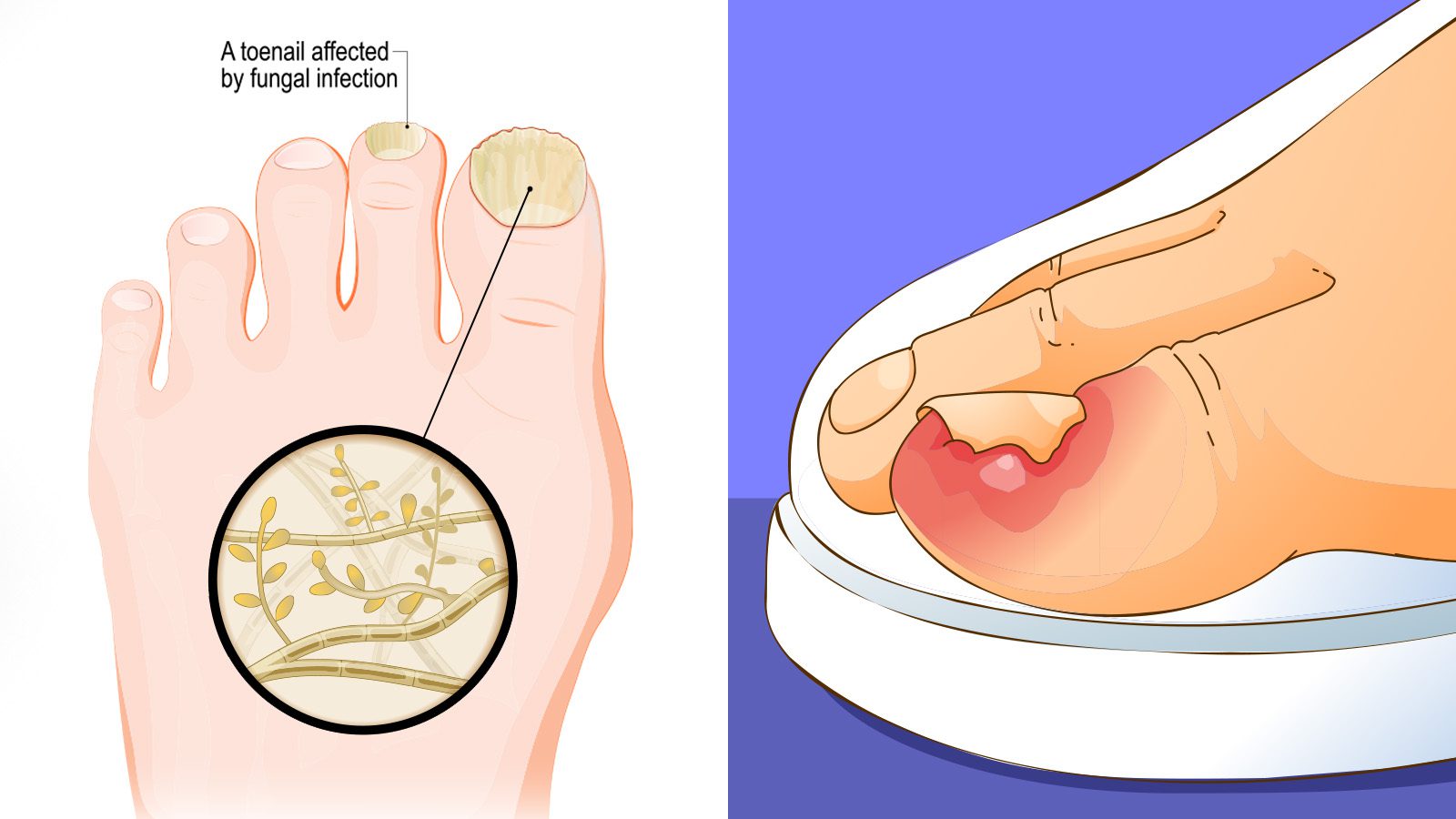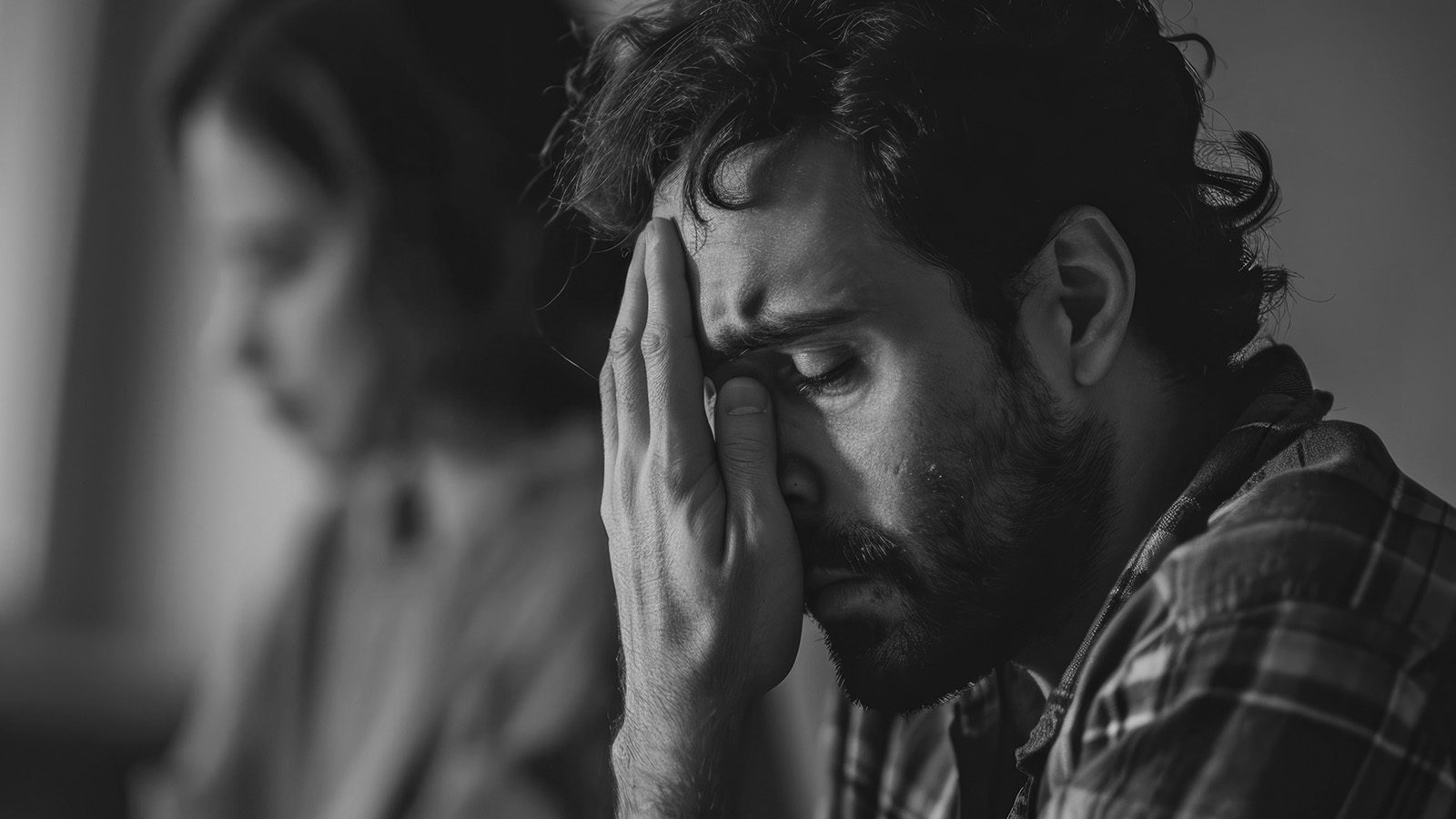Do your knees pop when you stand up? Do they ache after a long day, or do they spasm in the night when you’re trying to sleep? You don’t have to live with debilitating knee pain. You don’t have to buy expensive medications to fix it, either. There are all-natural ways to relieve knee pain and regain control over your daily activities.
If you’re ready to get back in the driver’s seat of your own life.
Here are just 12 ways to relieve knee pain
1. Weight Loss
This one is a no-brainer. When you’re carrying additional weight on your frame, you’re putting additional pressure on your knees.
The good news is that you don’t have to lose a dramatic amount of weight to start feeling the difference in your joints. In fact, if you can drop just one pound from your waistline, you can take four pounds of pressure off your knees. (1) If you can shed 10 pounds, you can take off 40 pounds of pressure.
In short, it’s worth skipping that extra doughnut to get even sweeter relief for your knees!
2. Low-Impact Exercise
You might not feel like hitting the gym when your knees are protesting your every move, but studies have shown that exercise can be a good source of pain relief.
For starters, exercise releases endorphins in the brain. (2) These jolts of serotonin and dopamine will give you a healthy, all-natural high that will block out some of those insistent pain signals.
Working out can also relieve soreness and stiffness in joints that haven’t seen movement in awhile. Instead of letting them lock up, you’ll encourage them to stretch, rotate, relax and loosen.
If you’re worried about hurting your knees with your regular jogging routine, consider a low-impact activity like swimming. The buoyancy of the water won’t put any pressure on your joints, but you’ll still be able to get the blood flowing through them.
3. Herbs and Spices
There are a number of natural compounds that can relieve pain, reduce inflammation and boost the blood flow to your knees. For example, here’s a short list of herbs that can help with circulation issues:
– Cinnamon
– Green tea
– Willow bark
– Frankincense
– Black pepper
You can also bring certain compounds together for a concentrated dose of helpfulness. For example, spicy turmeric and ginger tea is great for knee pain of all kinds; it will reduce inflammation around the joints while also lessening the frequency of muscle cramps.
4. Better Posture
The way that you sit and stand might be contributing to your knee issues. This is especially true if you’re spending long hours in a poorly-constructed desk chair.
Ideally, your chair will keep your knees “level” with your waist. You should also have enough room under your desk to stretch your legs out whenever they’re feeling stiff. However, if your chair is angled in a way that makes your body “sink” with your knees propped up past your waist, that’s a problem. Consider investing in a better chair that won’t put that kind of pressure on your ligaments.
5. Managing Other Conditions
Are you struggling with any maladies or medical conditions? They might be making your knee pain even worse.
One of the most common causes of knee pain is patellofemoral pain syndrome (PPS). Also known as “runner’s knee,” this is a condition that can make it difficult to sit, squat, kneel or bend over. If you can get it under control, you can reduce the worst of the aches and pains in your kneecaps.
Another thing to watch out for is arthritis. It’s a degenerative condition that can strike the joints anywhere on the body, and your knees can be particularly vulnerable to it. You might need to tackle arthritis head-on if you want to relieve knee pain.
6. Heat
The application of heat is a time-honored remedy for aching muscles. If you’ve ever wondered how it works, it has to do with the dilation of arteries and blood vessels. When they get warm, they open up and allow greater blood flow to stiff, swollen areas, and the increased circulation brings pain relief.
How can you use heat treatments on your knees? A heating pad is the easiest way, but it might not be practical if you’re on the move. Compression tights can be used to trap heat under your skin even as you go about your daily activities. You might also want to look into knee wraps and knee bandages that will offer compression for that specific area.
If your knees are a chronic problem for you, it might be worth it to invest in a jet-powered bathtub or sauna room. Not only will it help to relax you after a long day, but the heat will do amazing things for your knees.
7. Aromatherapy
Essential oils won’t cure your knee pain, but they can help to minimize its effects, especially if you use them in conjunction with certain aromatherapy techniques. Studies have shown that using diffusers to breathe in relaxing fragrances can do wonders for your mood.
As for which fragrances to buy, that will depend on what you’re trying to accomplish. Lavender is touted for its soothing properties; vanilla is said to have a sedative effect that can reduce everything from hyperactivity to restless leg syndrome. Valerian root can put you to sleep. Sandalwood can wake you up.
You’ll need to do some research to determine which essential oils are best for your knee pain. Fortunately, it’ll be quite fun to experiment with different scents. Even if your first picks don’t help with the pain, they’ll make your home smell nice!
8. Lemon Peels
It might sound a little strange, but lemon peels can help to relieve knee pain in a way that’s just as efficient as over-the-counter medication. The trick is to make sure that you’re using them correctly. You can’t just rub lemons on your knees and expect them to work miracles.
To effectively transfer lemon flavones to your skin, you’ll need to soak grated lemon peels in a jar of olive oil for 10-14 days before applying the mixture to bandages that you wrap around your knees. The lemon juice will be much more highly concentrated after it marinates for awhile, so it’ll have a stronger and more lasting impact on your knee tendons and cartilages.
9. Acupuncture
Acupuncture can be a great way to relieve knee pain. Whether you believe in the spiritual “qi” of the body or just the science of reducing pressure where nerves and tendons connect, it can be very helpful for knee problems.
In addition to its physical benefits, acupuncture is also known for its psychological boosts. You won’t just improve your circulation and lower your blood pressure; you’ll also walk out of the clinic with a better mood. As many chronic pain sufferers will tell you, having the right mindset can make all of the difference in pain management, so acupuncture might be a worthy endeavor on multiple levels.
10. Vitamin D
Vitamin D is known for promoting skin and bone health, but it’s only recently that experts have discovered a surprising link to pain relief as well. In one study of people with vitamin D deficiency, they all reported unusual feelings of body pain. It didn’t respond to opiates or analgesics. When the patients were given vitamin D supplements, however, the pain stopped. (3)
More research needs to be done before anyone can conclusively say that vitamin D deficiency causes aches and pains in the body, but if you’re looking for new ways to fix your knees, it can’t hurt to drink more orange juice. You might also want to consider spending more time outside. Vitamin D is known as the “sunshine vitamin” because you can encourage your body to produce it with the help of direct sunlight.
11. Self-Massage
Massages are great, but what if you don’t have the time or money to seek out professional services? The American Massage Therapy Association (AMTA) has a few suggestions for people who want to self-massage to reduce discomfort in their knees. Here are the basic movements:
– The front thigh glide
– The inner thigh glide
– Knee friction
– Thigh tapping to anterior thigh
– The finishing glide stroke
There are also several others that you can try. You don’t have to be a licensed massage therapist. If you’re willing to roll up your sleeves and poke around your knees, you could stumble on the perfect massage technique to bring you relief.
12. Positive Thinking
Last but not least, never underestimate your ability to power through pain. While it’s not quite as simple as “mind over matter,” there are all kinds of psychological tricks that you can utilize to relieve knee pain.
For example, you can practice mindfulness techniques that will distract you from stings and throbs. You can learn how to meditate or perform yoga stretches that incorporate deep, relaxing breathing.
You can also look into things like cognitive behavioral therapy (CBT). It’s been shown to have results with chronic pain sufferers who are able to change their thoughts, feelings and coping strategies in regards to their condition.
Final Thoughts on Knee Pain
You can’t always stop the aches and pains in your knees. However, there are steps that you can take to get them under control, especially if you’re willing to think outside of the box. Don’t be afraid to throw out those ineffective pain pills and focus on things like natural remedies and alternative treatment methods. Your miracle cure could be something that you never expected!















